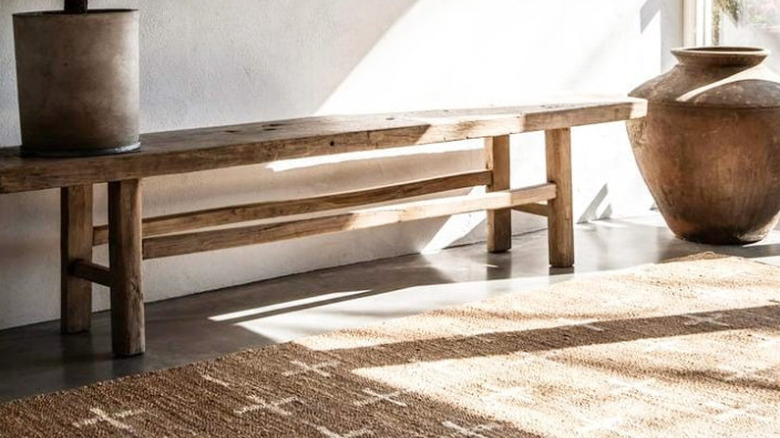This and many other reasons inspired interior design lovers to investigate.
Just how do these two styles work so harmoniously with each other?
As it turns out, Scandinavian and Japanese designs have been inspiring each other for over 150 years.
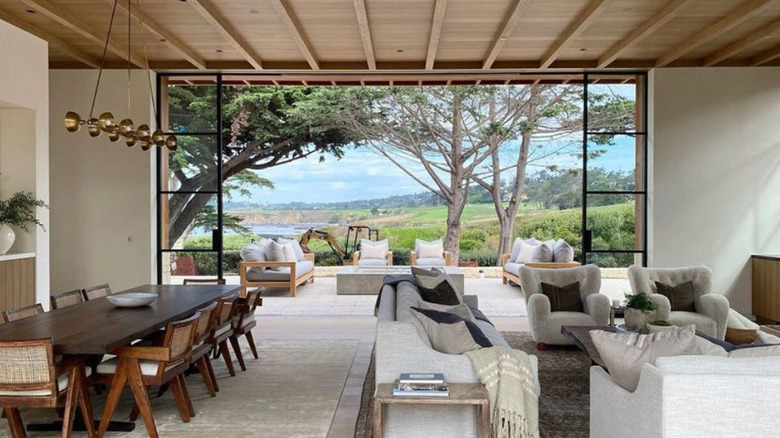
Many believe there are still traces of Japanese influence in modern Danish design as well.
However, there is no need to convert everything to wood.
Think more practical than embellished when it comes to furniture.
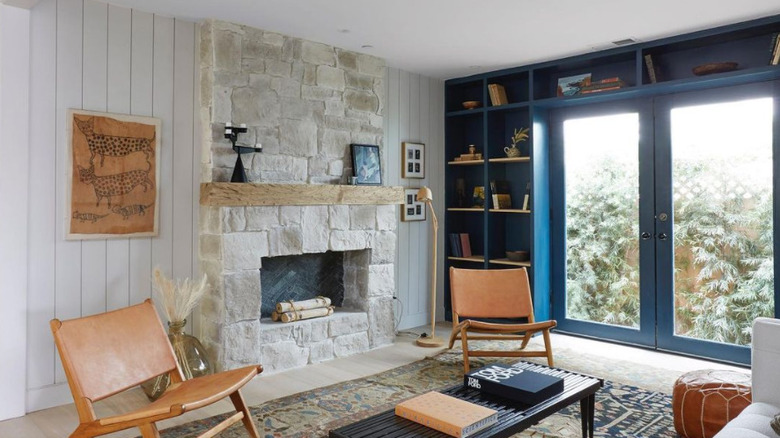
Another important element to the merging influences of Japanese and Scandinavian design is color.
In the world of Japandi, neon is banished.
Ostentatious is a curse word.
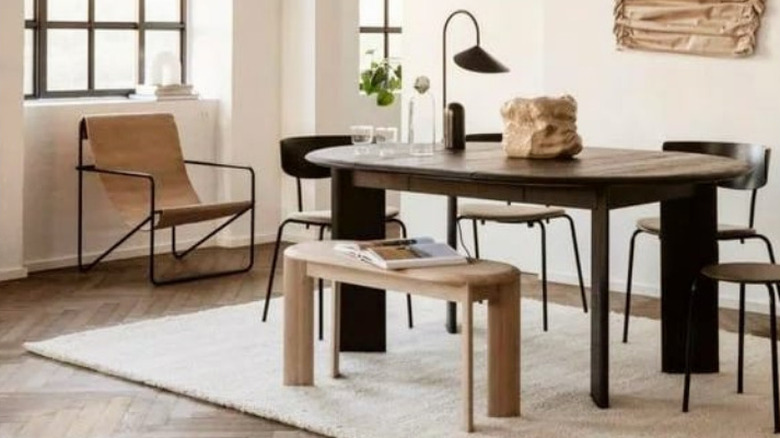
And anything loud has no business being a part of the merger.
Japandi encourages colors that could best be described as soft, calm, and muted, (viaBoConcept).
Rhiannon Lee of Oleander and Finch Interiors explains how a neutral color palette can affect your mood.
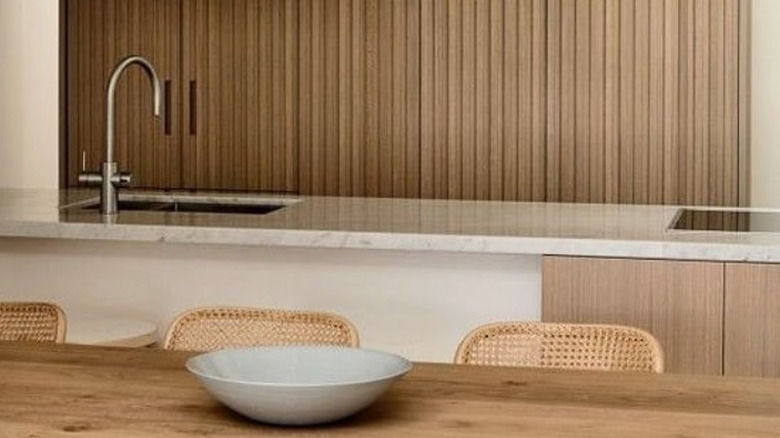
“attempt to merge the lines between indoor and outdoor where possible,” says Rhiannon Lee.
Take down those heavy curtains and consider leaving your windows bare of any treatments, if possible.
Japandi design welcomes the sun and the feeling of openness along with the natural light it brings.
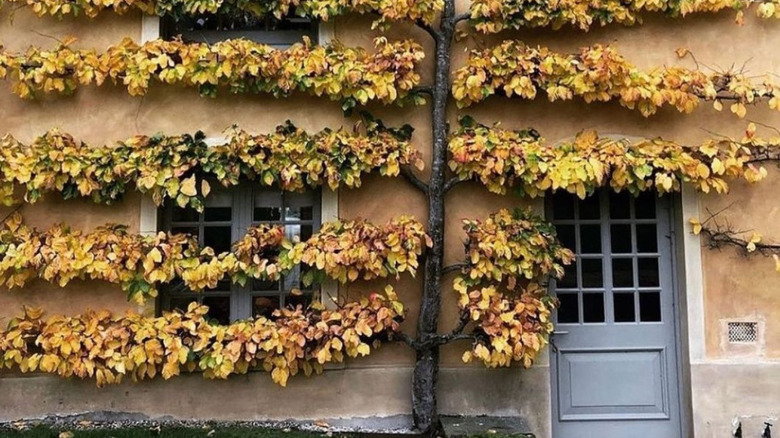
And of course, the experts concur.
